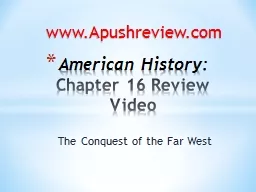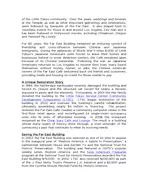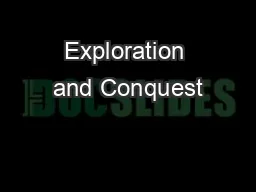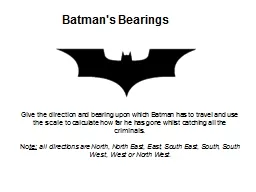PPT-The Conquest of the Far West
Author : debby-jeon | Published Date : 2019-03-04
American History Chapter 16 Review Video wwwApushreviewcom The Societies of the Far West Plains Indians Sioux hunted buffalo Relied heavily on horses introduced
Presentation Embed Code
Download Presentation
Download Presentation The PPT/PDF document "The Conquest of the Far West" is the property of its rightful owner. Permission is granted to download and print the materials on this website for personal, non-commercial use only, and to display it on your personal computer provided you do not modify the materials and that you retain all copyright notices contained in the materials. By downloading content from our website, you accept the terms of this agreement.
The Conquest of the Far West: Transcript
Download Rules Of Document
"The Conquest of the Far West"The content belongs to its owner. You may download and print it for personal use, without modification, and keep all copyright notices. By downloading, you agree to these terms.
Related Documents














